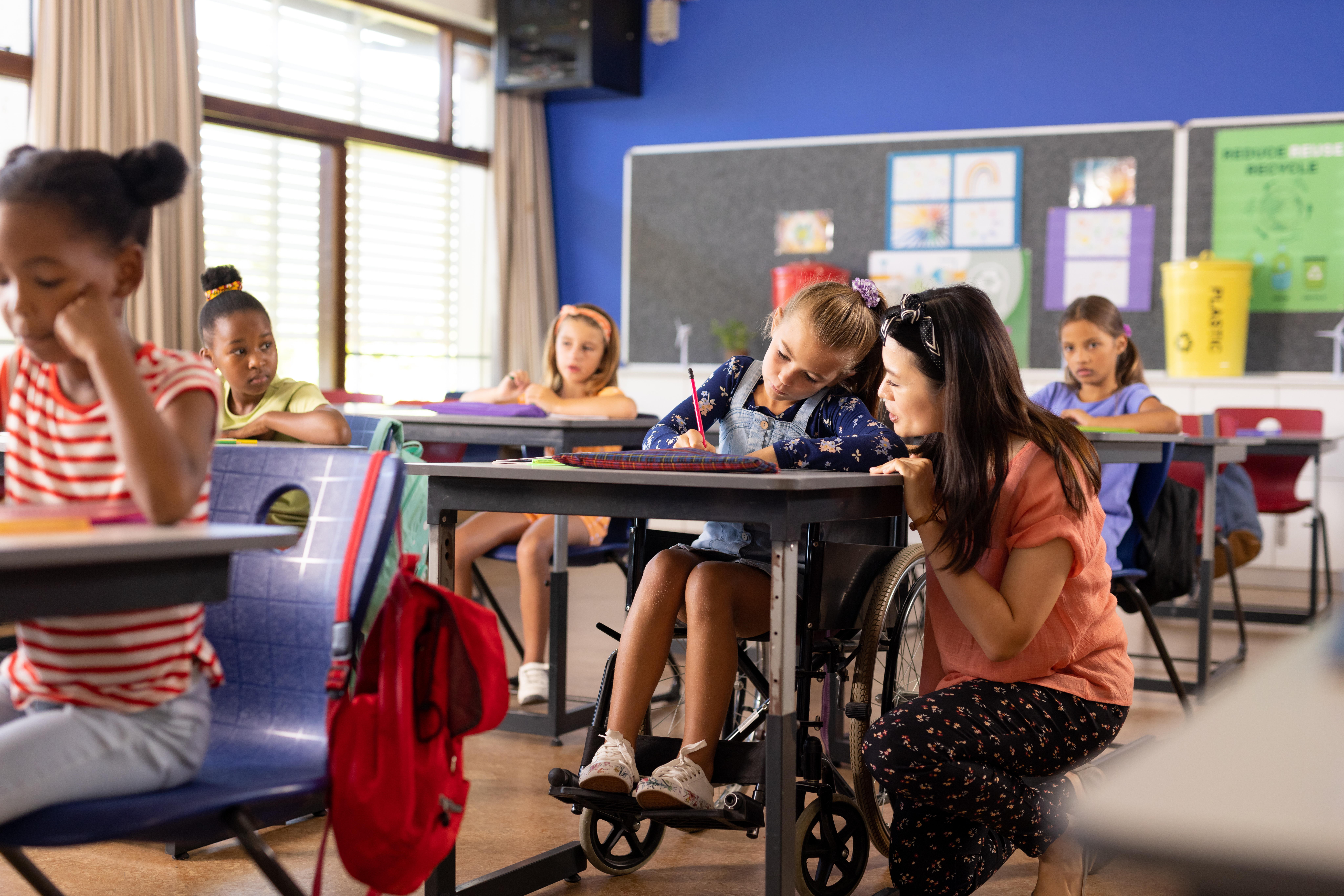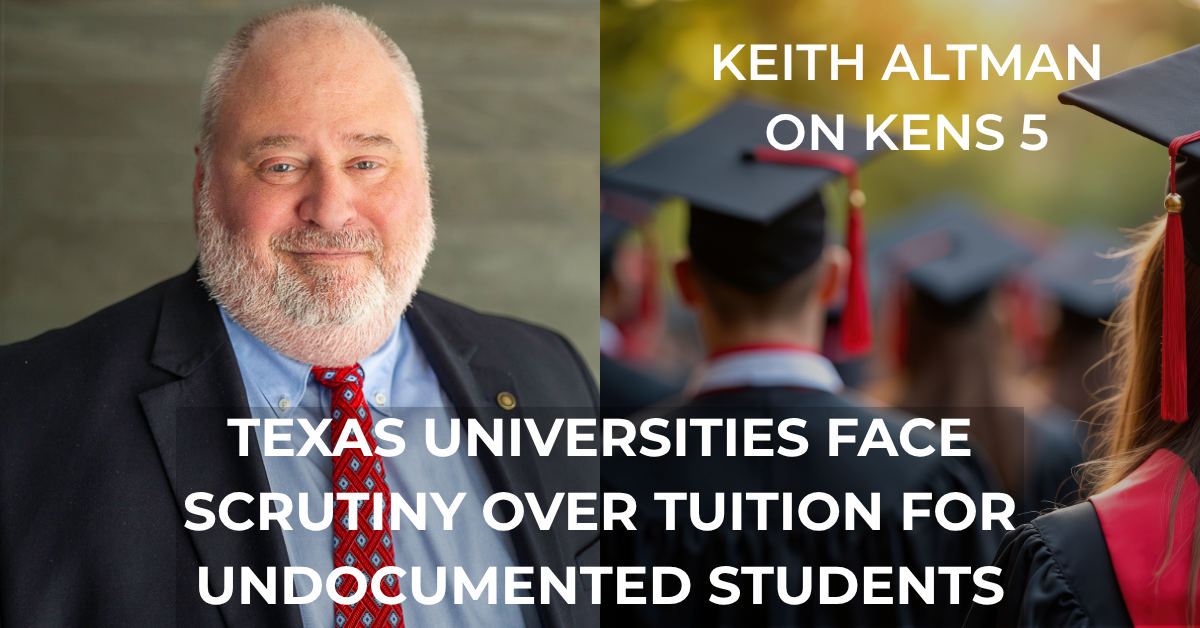Being a part of a caring, understanding classroom is not only beneficial, but crucial for kids with disabilities. They can feel more connected, have more learning chances, and feel more confident as a result.
But it takes more than good intentions to create that kind of place. To meet each student’s unique needs, educators and families frequently employ resources like modifications and accommodations. The problem is that, while having quite different meanings, these two phrases are frequently confused. Being aware of the differences can assist ensure that children receive the appropriate support.
We’ll explain everything in a straightforward and practical manner in this blog. You’ll find useful advice and real-world examples here, whether you’re a parent attempting to understand your child’s educational plan or a teacher trying to figure out how to assist every student achieve. Our objective? to eliminate uncertainty regarding modifications and accommodations—and to give you greater assurance in establishing a classroom where each student may succeed.
Defining the Terms: Accommodation vs. Modification
Accommodations and modifications are two popular tactics used when preparing help for students with impairments. Despite their similar sounds, they serve somewhat diverse purposes in assisting pupils in achieving success. Selecting the appropriate support requires understanding the differences.
Accommodation: Changes how a student accesses information or demonstrates learning
Without altering the expectations or content, accommodations take away obstacles to learning. In a way that suits them, they assist children in having access to the same curriculum as their peers. Extended test duration, speech-to-text software, and adjustable chairs are a few examples. The student receives assistance in learning or demonstrating their knowledge, but they are still expected to fulfill grade-level expectations.
Modification: Changes what a student is expected to learn or demonstrate
The learning objectives are modified to meet the needs of each individual student. This could entail condensing tasks, employing simpler reading materials, or concentrating on important ideas rather than the entire curriculum. It’s possible that students with disabilities are pursuing different objectives than their classmates.
Key takeaway
While modifications alter a student’s learning, accommodations support a student’s learning style. One modifies the objective, while the other maintains it.
Key Characteristics of Accommodations
Giving pupils equitable access to education without modifying the curriculum is the main goal of accommodations. By removing obstacles, resources assist students in participating fully in class.
Do not change the learning goals or curriculum content
Whatever the scenario, it is required of students who receive accommodations to study the same content and achieve the same academic goals as their peers. The learning objective, understanding the story, remains the same even if a student chooses to listen to an audiobook of a novel rather than read it.
Level the playing field by removing access barriers
The goal of accommodations is to provide every student with an equal chance at success. They assist pupils in overcoming obstacles associated with their disabilities rather of providing them with an unfair advantage. Accommodations provide a means of overcoming obstacles that are related to learning, the senses, or the body.
Apply the same grading standards as for peers
The same grading standards apply to pupils with accommodations because the curriculum hasn’t been altered. Their work is evaluated using the same standards as that of their classmates, but they receive assistance in completing it.
Examples include
Language interpreters: Students who are deaf or hard of hearing can get spoken education through sign language interpreters.
Longer exam or assignment duration: Assists students who require more time because of anxiety or learning disabilities, or who process material more slowly.
Materials with large print: Make content easy to read for pupils who are visually impaired.
Text-to-speech software: Students who struggle with reading can now listen to written material thanks to text-to-speech software.
Alternative input devices: Such as speech recognition software, modified keyboards, or trackballs—allow students with physical limitations to engage with technology.
Key Characteristics of Modifications
When children, even with accommodations, are unable to access the regular curriculum, modifications are applied. These modifications extend beyond the way that content is presented.
Alter the scope or complexity of the curriculum
The text has been drastically altered, condensed, or simplified. For instance, a student may be given a one-paragraph synopsis rather than a lengthy essay, or they may be given basic math exercises rather than grade-level algebra. Meeting the student where they are intellectually is the aim.
Intended for students who cannot access grade-level content, even with accommodations
Because of the nature of their impairment, some kids require a particular set of learning expectations in addition to help. A personalized path that takes into account the student’s skills and talents is made possible by modifications.
Learning expectations and assessments are adjusted
Modified assignments, in contrast to accommodations, are graded according to the specific objectives of each student. With expectations based on their present performance level, the student may work on a personal learning plan, which is frequently a component of an IEP.
Examples include:
Reduced reading assignments: Instead of reading the entire chapter or story, students read just a portion of it.
Simple test questions: Questions that have been redone using clearer language or fewer answer options are known as simplified test questions.
Fewer spelling words: A smaller list of words that emphasizes high-frequency or necessary terms.
Alternative assessments in standardized testing: Students can complete a portfolio assessment or customized versions of state exams.
Comparing Accommodations and Modifications Across Educational Contexts
|
Category
|
Accommodations |
Modifications |
| Classroom Instruction | The same grade-level content is taught to students, but with assistance to make it easier for them to access. Audiobooks, visual aids, preferred seating, assistance with taking notes, and spoken teaching are a few examples. | To better suit a student’s skill level, the content is modified. This could entail shorter tasks, easier-to-understand readings, or substitute resources with less learning goals. |
| Testing | Students may be given more time, frequent breaks, a quieter testing environment, or assistive equipment, such as a calculator or keyboard, while still taking the same test as their peers. | To adapt to a student’s level, tests can be amended to include fewer questions, simpler terminology, or an entirely new version that aligns with updated learning objectives. |
| Standardized Tests | Extended time, text-to-speech readers, alternate formats (such as a computer), or testing in a different room are some of the options available to students. | Students can choose simplified exam versions that are in line with updated curricular standards or alternative assessments that emphasize functional abilities. These outcomes might not be comparable to those of peers. |
| PE, Music, Art | With assistance like extra time to finish assignments, visual aids, or modified equipment (such as bigger balls or color-coded instruments), students engage in the same activities. | Activities are changed or made simpler. For instance, children can be required to memorize shorter or easier songs, run fewer laps, or finish a rudimentary art project.
|
Practical Tips for Implementing Accommodations
For kids with disabilities, implementing adjustments in the classroom can have a profound impact. The following useful advice will help you make sure you’re offering the greatest support possible:
Identify barriers
Start by noting the areas in which pupils are struggling. Does background noise make it difficult for them to focus? Can you read the printed materials since they are too small? By identifying particular obstacles, you may successfully customize lodgings.
Consult with others
Don’t be scared to work together! Discuss adjustments that have been successful for other students with comparable needs with coworkers, special education specialists, or parents. Gaining knowledge from others can save time and yield insightful information.
Request support
The smallest adjustments, such as allowing a student more time to complete an assignment or giving them written instructions in addition to spoken ones, can occasionally have a significant impact. Informal accommodations can be just as successful as official ones, thus formal documentation is not always necessary.
Know your rights
It’s critical to comprehend the legal safeguards afforded to pupils with impairments. Students with disabilities are guaranteed equal access to and opportunities in education by laws such as the Individuals with Disabilities Education Act (IDEA), the Americans with Disabilities Act (ADA), and Section 504 of the Rehabilitation Act.
Be flexible
It could be necessary to modify adjustments as students develop and their needs vary. To make sure that accommodations continue to be suitable and successful, maintain constant contact with students, families, and support personnel.
Legal and Policy Considerations
To guarantee that all students with disabilities have access to the right kind of help when it comes to accommodations and adjustments, it is essential to comprehend the legal framework. What you should know is as follows:
Accommodations are often part of an IEP or 504 Plan
An IEP or 504 Plan, which describes the particular supports a student requires to access the general education curriculum, is frequently where accommodations are codified. While the 504 Plan is for students who may not be eligible for special education but still require accommodations to access learning, the IEP is usually for students in special education.
Modifications are more commonly associated with special education services
In contrast to accommodations, modifications usually ask for more substantial adjustments to the curriculum and are usually described in an IEP for special education children. These changes alter the expectations for a student’s learning, which might not match grade-level requirements.
Not all accommodations require formal documentation
Some informal aids, such as giving extra time on an assignment or verbally giving directions, can be just as successful as formal adjustments found in an IEP or 504 Plan. If teachers assist students in accessing the curriculum, they are free to offer these aids even in the absence of official documentation.
Importance of discussing alternate assessments and their long-term academic impact
It’s critical to have continuous conversations regarding the possible long-term effects with kids, families, and educational teams while implementing changes or alternative assessments. In the short term, alternative exams can be suitable, but it’s crucial to comprehend how they affect prospects for future education and make sure that kids are continuing to acquire the abilities they’ll require in the long run.
Potential Impacts on Grading and Academic Expectations
Academic achievement and grading for students with disabilities can be significantly impacted by the accommodations or adjustments used to support them. Here are some things to remember:
Accommodated students are graded on standard expectations
The same learning objectives and academic requirements apply to students who receive accommodations as to their peers. Although they might be given more time, different formats, or other support, their grades show that they are able to reach these standards. In essence, accommodations guarantee that people have an equal chance to succeed, and their performance is evaluated according to the same standards as everyone else.
Modified assignments require tailored grading approaches
Different expectations are frequently placed on students with disabilities regarding their learning outcomes. For instance, individuals can work on a condensed form of an exam or project that better suits their present skill level. Because of this, the marking strategy for these kids is different and emphasizes achieving personal objectives over grade-level expectations. Modified criteria that take into account their learning route are used to evaluate their development.
The distinction matters for transcripts, college admissions, and job readiness
It’s critical to comprehend the distinction between accommodations and adjustments, particularly when considering the long-term effects on a student’s academic record. For college applications and career readiness, accommodated kids are more likely to have transcripts that meet typical grade-level requirements.
However, modified assignments might not perfectly match the curriculum, and this discrepancy could have an impact on future employment prospects or college admissions that demand a particular academic quality. Talking with students and their families about how changes can affect future plans is crucial, as is making sure they are aware of the possible effects on transcripts and other documents.
When and Why to Choose One Over the Other
Depending on each student’s unique needs, changes or accommodations may be used. When and why you might pick one over the other are as follows:
Use accommodations when the student can learn the same material with support
When a student has the capacity to acquire the same material as their peers but requires additional assistance in obtaining it, accommodations are perfect. A student with dyslexia, for instance, might still be able to read content that is appropriate for their grade, but they might require extra time or text-to-speech software to absorb it. In these situations, removing obstacles without altering the expectations or substance is the aim.
Use modifications when cognitive or developmental challenges make grade-level learning inaccessible
Modifications may be required if a student struggles to understand grade-level material due to cognitive or developmental issues. This can entail making assignments simpler, making tasks less complicated, or emphasizing fundamental abilities over grade-level goals. For kids that need a very distinct learning route in order to advance, modifications are frequently needed.
Collaboration with families, teachers, and specialists is crucial
Selecting the best strategy necessitates cooperation and feedback from multiple sources. To ascertain if adjustments or modifications will best support a student’s learning, families, educators, and experts should collaborate to understand the student’s strengths and weaknesses. Maintaining open lines of communication makes it easier to guarantee that the kid gets the right kind of assistance to succeed academically.
Conclusion
Giving each kid what they need to achieve is more important in education than simply treating them all equally. At K. Altman Law, we think that creating a classroom that is really inclusive requires equity, not just equality. Every child has a different learning path, and giving them the appropriate assistance—whether in the form of modifications or accommodations—guarantees that they will have the resources necessary to succeed.
It’s crucial to match assistance to each student’s unique needs. There is no one-size-fits-all approach to accommodations and modifications; rather, they should be tailored to each student’s unique strengths and limitations. Establishing a conducive learning environment depends on knowing when and how to use these tactics. However, continuous evaluation and communication are as crucial. Students’ needs change as they mature, and the resources they get should also change with them. Frequent check-ins with parents, teachers, and experts guarantee that youngsters are still receiving the right kind of assistance to thrive.
At K. Altman Law, we’re committed to making sure that every student, despite their difficulties, has access to a fair and encouraging education. Every child should have the opportunity to shine, and they will do just that if they receive the proper encouragement. Together, let’s make it happen.




